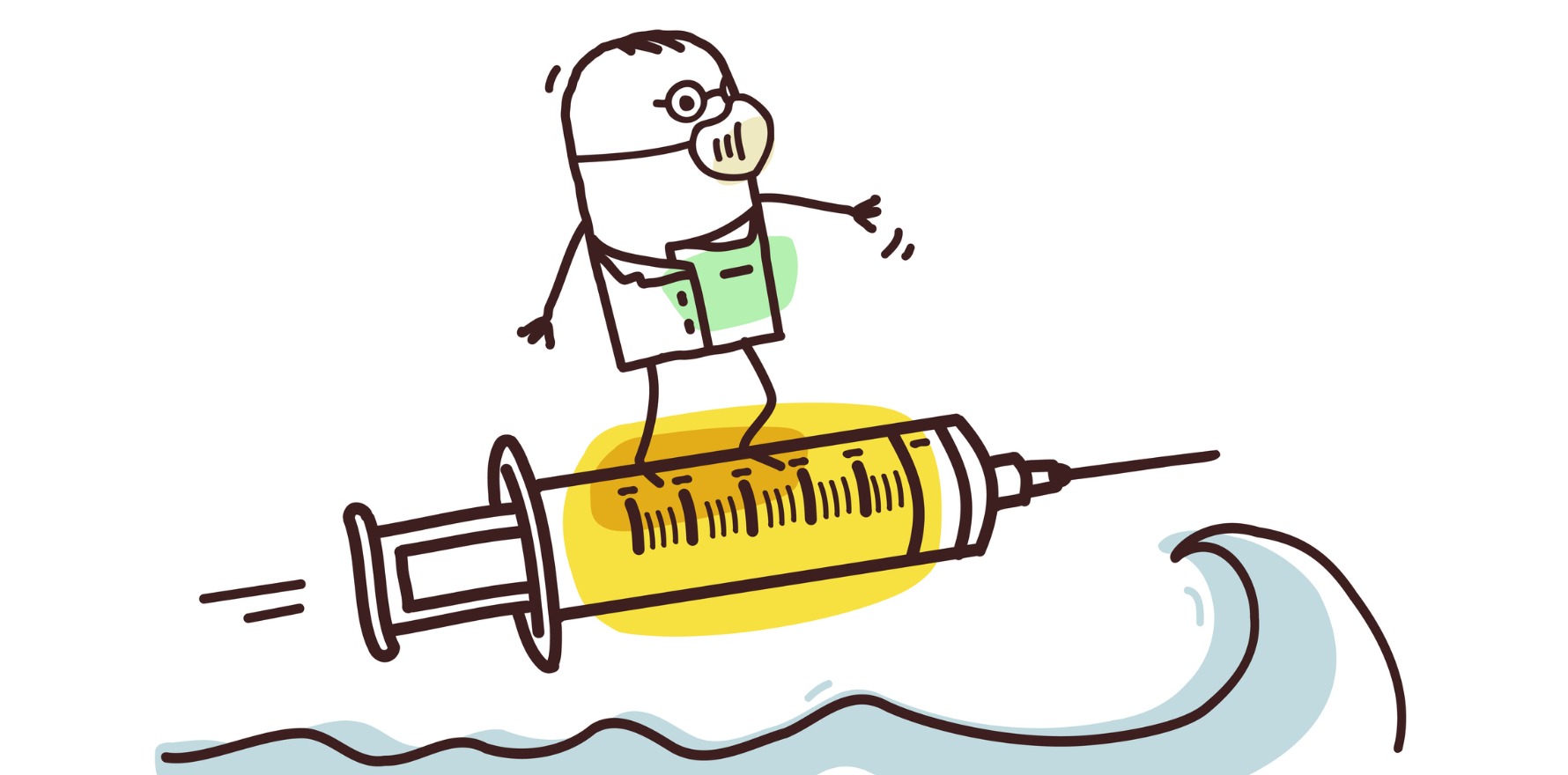Australia has been out in front of efforts to spread the word that undetectable means untransmissible.
Australia has become the fourth nation to sign a global declaration that undetectable HIV is untransmissible HIV, almost four years after the “U=U” policy was cemented in our national HIV prevention guidelines.
The movement to spread awareness of U=U began in 2016 with the Prevention Access Campaign in the US, and now spans over 100 countries. In Australia, peak bodies ASHM, NAPWHA (National Association of People with HIV Australia) and Health Equity Matters have led the advocacy.
Monash Associate Professor Jason Ong, a physician at the Melbourne Sexual Health Centre at the Alfred and an ASHM board member, said U=U was a big win for patients.
“Once they’re undetectable they’re no longer at risk for many of the illnesses that killed people in the past,” he told TMR.
“And they can also now have productive, healthy relationships without the fear of passing on the virus to their sexual partners as well.”
Professor Ong said while U=U thinking had been the norm for years in practice and training for sexual health specialists in Australia, it was not yet universally accepted among clinicians in general.
“It feels like this kind of announcement is a little bit delayed,” he told TMR. “For the specialist services for HIV, it’s definitely been around for many years.
“The way it’s impacted us is that we now can rapidly get people on to treatment. In the past we’ve been restricted by the CD4 count needing to drop down to a certain level before we started treatment.
“But knowing that U=U, it means there’s a big push to get people immediately on treatment.
“It also gives us as clinicians a positive message. It’s not great to be diagnosed with HIV, but at least we can follow that up very quickly by saying that we can control your virus and once it’s under control, you’re no longer infectious.
Related
“We can see the weight falling off people’s shoulders, knowing they don’t need to fear passing on the virus to other people. So it’s had a significant clinical impact.”
ASHM did a survey last year of around 400 GPs, a quarter of whom were either “neutral” or “disagreed” with U=U. What lay behind those attitudes – lack of knowledge, stigma, conservatism – is something ASHM is investigating with qualitative studies.
“Despite the strong scientific evidence, there are still some healthcare providers who may not fully understand the science yet,” Professor Ong said. “There’s still a bit of work to be done.
“It’s positive that with the recent budget the government is heavily investing in an HIV response, which is great. And part of that money is going to educating GPs a bit more.”
The accepted threshold for “undetectable” is a viral load of less than 200 copies per millilitre.
The declaration includes nine undertakings to help integrate U=U:
- To develop national strategies for sustainable and effective national U=U programs that are informed by the communities and individuals most impacted.
- To integrate U=U science into HIV guidelines and official communications.
- To implement policies to address inequities, decrease barriers, and increase access to treatment, care, and diagnostics.
- To include U=U as a mandatory component of existing HIV prevention, care, and treatment research, services, policies, and programs.
- To use U=U in health education and promotion efforts to generate demand and increase utilisation of testing, prevention, care, and related services.
- To conduct U=U awareness campaigns for key populations and the general public to decrease stigma.
- To improve access to and uptake of HIV treatment and viral load testing to ensure equitable access to the benefits of U=U.
- To recognise U=U as a primary HIV prevention method and/or adopt combination prevention strategies that prioritise prompt diagnosis, linkage to care, and treatment adherence support for people living with HIV.
- To train, support, and require the HIV prevention and care workforce, including clinicians, peers, and other support professionals to deliver accurate and concise U=U messages during service delivery.





